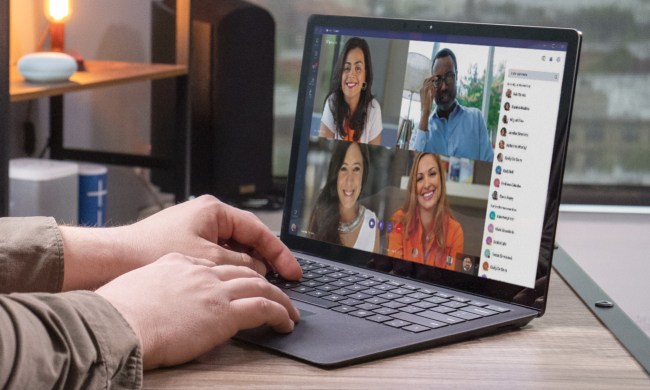
That S stands for Secure, because all the information you send and receive from Digital Trends is now encrypted. You’re probably used to seeing the tell-tale padlock pop up when you visit your bank online; we don’t think privacy should only extend to dollars and cents, so we’ve adopted the same bulletproof security banks and credit card companies use to secure their online transactions.
That means nobody else can see what you’re reading, watching, or listening to on Digital Trends. Without HTTPS, it’s possible for someone – say a snoop sharing the same public network at the local coffee shop – to look at your traffic as you browse, essentially watching your browser history unfold in real time. Before you throw up your hands and say you have nothing to hide, don’t worry: You deserve privacy whether or not you need it.
Security today seems more important than ever – and it sometimes seems harder than ever to get it. The FCC just relaxed pending rules on what your ISPs can do with your data. Fretting about the change, one privacy expert told us “If there’s not a law that says you can’t sell it, then probably someone will try to sell it.”
We don’t necessarily agree, and we think you probably don’t either. And we’re doing our part to help boost the security of our site to help ensure your privacy. So go ahead. Read up on building an NES emulator at work, learn about the cutting edge of VR porn at your parents’ house, and learn how to unblock Netflix in Indonesia.
We won’t tell anyone. And neither will your browser.



